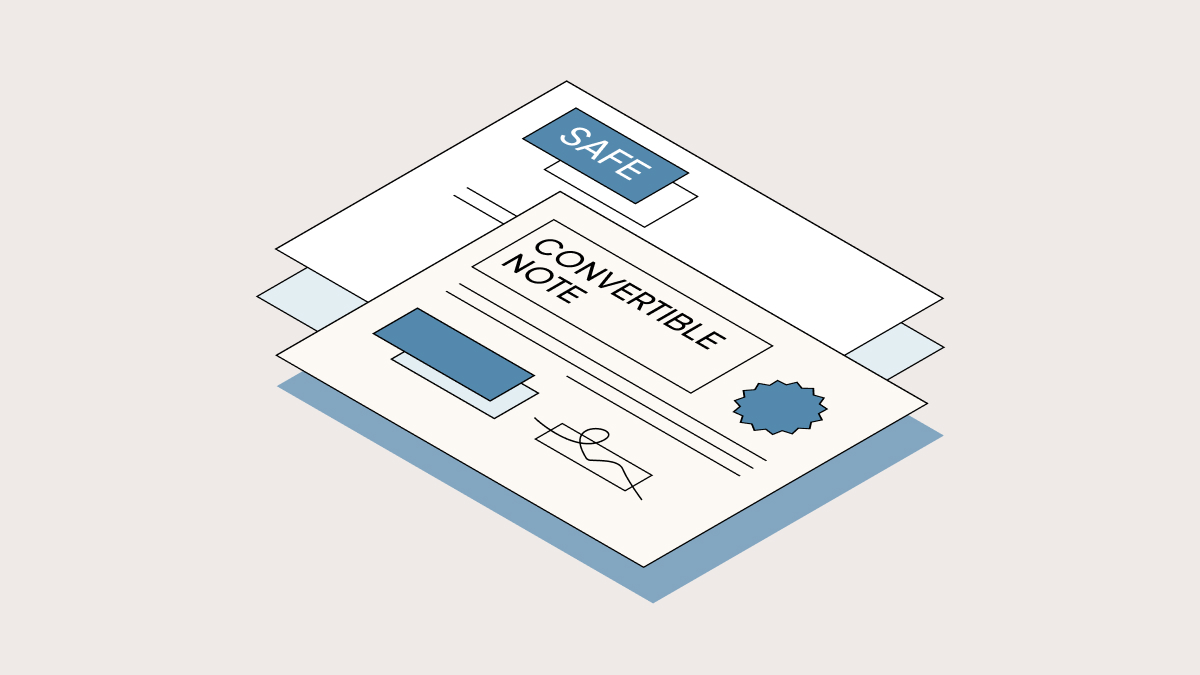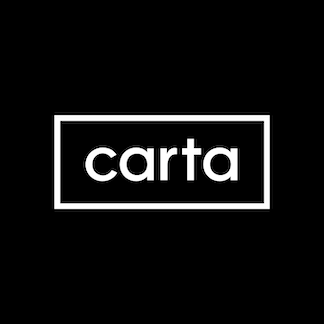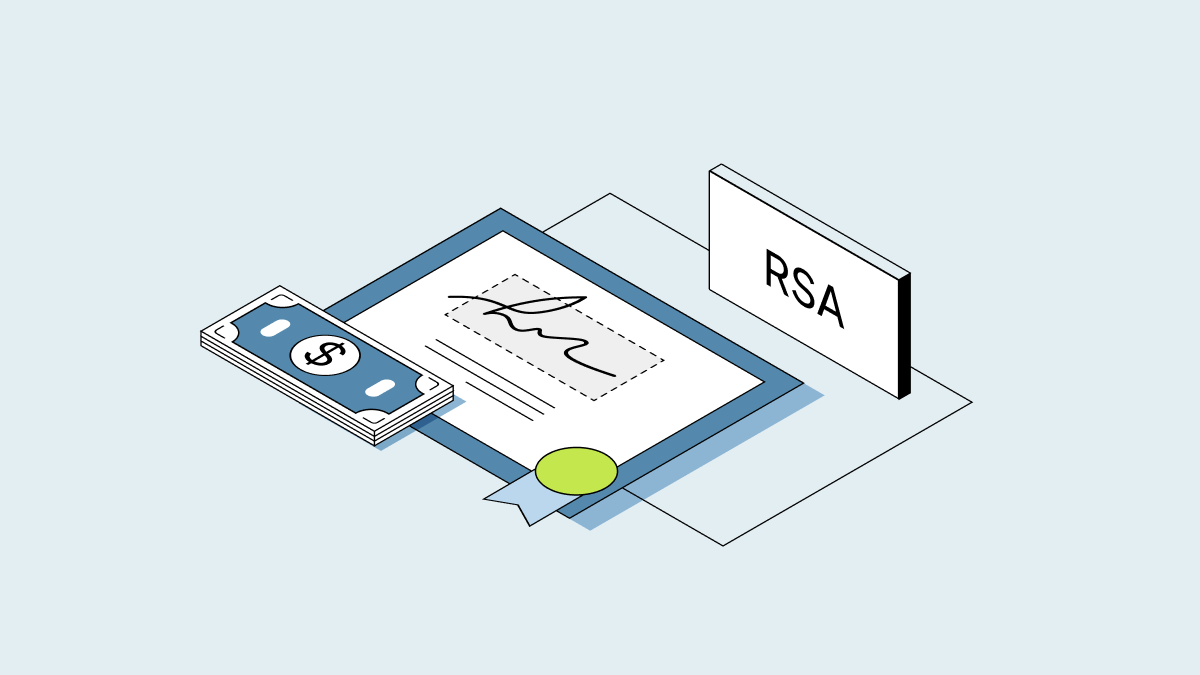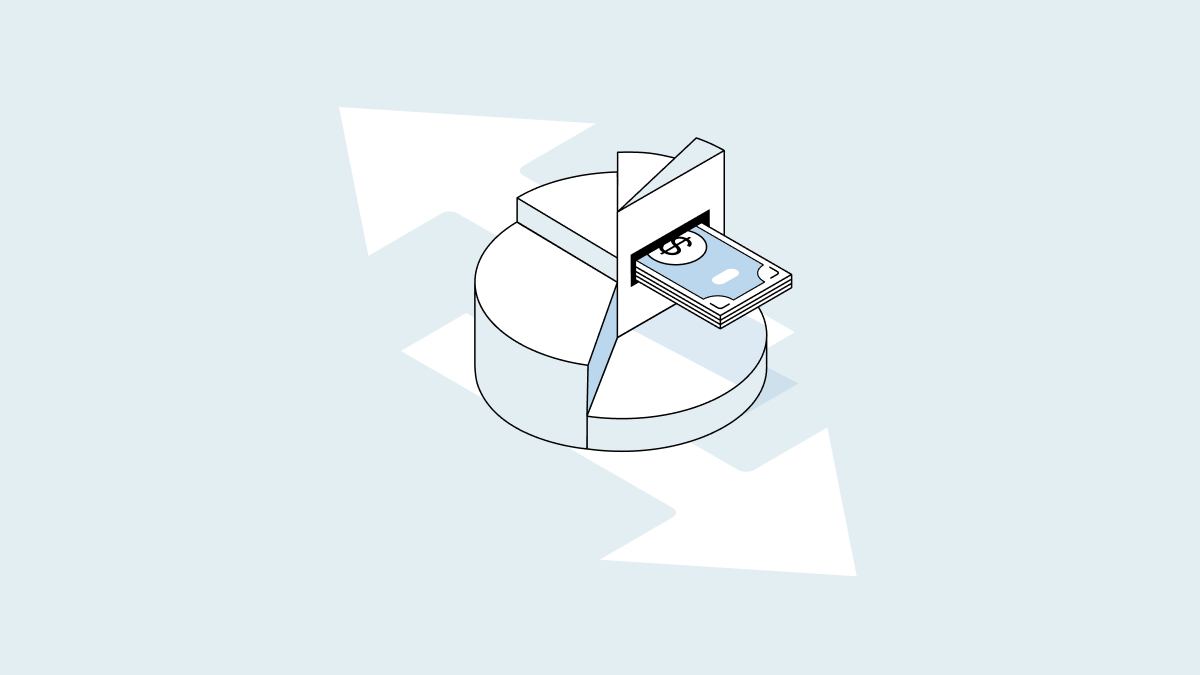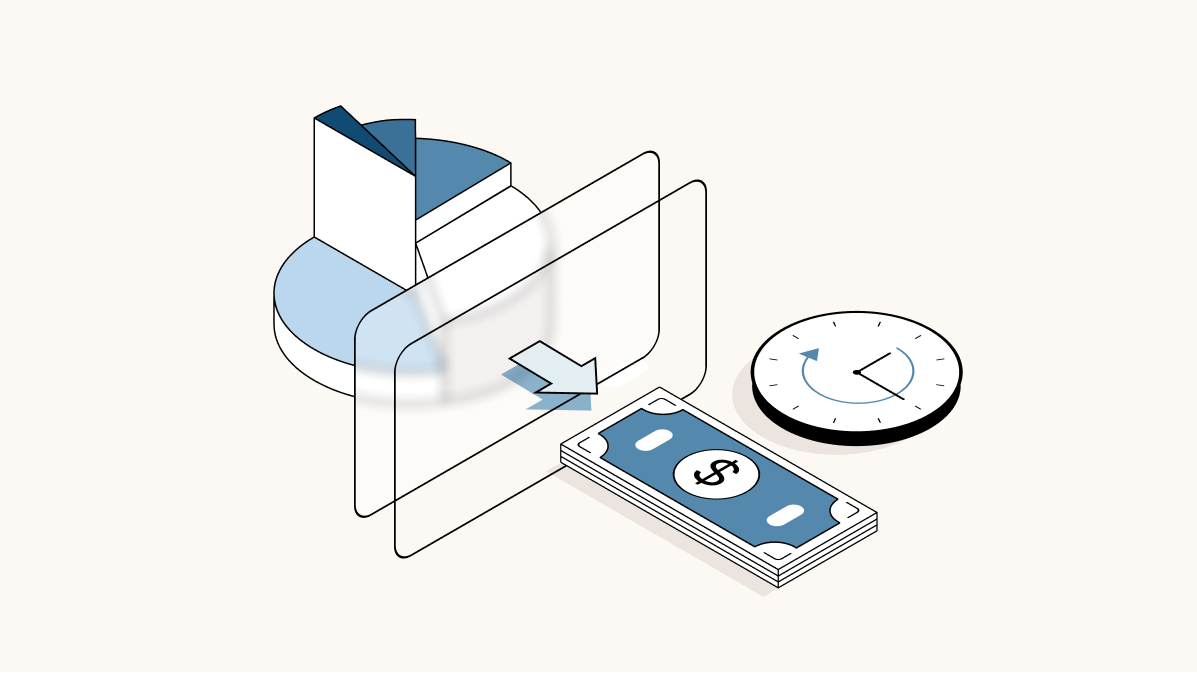When you’re raising money for your startup, don’t assume you’ll need to offer up preferred stock right away in exchange for capital. That’s one option, but there are other types of investment structures, known as convertible securities, that you can offer to investors. In this article, we’ll cover everything you need to know about two common types of convertible securities, specifically SAFEs and convertible notes.
What are convertible securities?
Convertible securities—also called convertible instruments or convertibles—are a type of financial instrument that represents a transaction in which money invested can be converted into equity or ownership in a company at a future date.
Convertible securities have a key advantage: They allow founders to raise capital without a set valuation. This matters because very early stage startups typically have not yet raised a “ priced round” from investors, and the market has not yet set a value on how much their company is worth. Many founders and investors turn to convertibles because they’re typically faster, cheaper, and more flexible than raising money via a priced round.
How do convertible securities work?
Convertibles come into the picture during fundraising. In exchange for a cash investment, a company may issue a convertible security that represents an amount to be paid back to the investor, but under its terms will instead convert into equity in the company later. This conversion will usually occur in conjunction with the next preferred stock financing, or “priced” round.
In some instances—like in the case of a liquidity event, such as the company getting acquired before the convertible converts into equity—the investor could receive a cash payout instead of equity.
Convertible notes and SAFEs (Simple Agreements for Future Equity) are the two most common types of convertible securities startups use.
What is a convertible note?
A convertible note, or convertible debt security, is debt that can convert into equity upon a future qualifying event or transaction, such as a priced equity round raised from venture capital investors.
How does a convertible note work?
As debt instruments, convertible notes come with an interest rate and a maturity date (when the note expires). If the note hasn’t already converted into equity by the maturity date, the company typically is required to repay the noteholder’s principal investment plus interest.
For example, if an investor provides $100,000 at an 8% interest rate on a note with a one-year maturity, the company would pay the investor back $108,000 at the one-year mark if it has not yet raised a priced round and thus cannot convert the debt to equity.
However, if both parties want to extend the maturity date, they can amend the note. Until the note either converts into equity or is repaid by the company, the note will continue to accrue interest.
Convertible notes often include a valuation cap and/or a conversion discount. These features enable early investors to convert their shares to equity at a lower price than that paid by later investors, rewarding them for taking a chance at the earliest stages.
-
Valuation cap: This sets a maximum valuation (for the purpose of determining the price per share) at which an investor’s money converts into equity at the next priced round. This incentive is designed to reward early investors by keeping the conversion price down if a company’s valuation grows quickly.
-
Conversion discount: This gives investors a discount on the price per share—compared to other investors buying shares in the same priced round—when their convertible note converts into equity. For example, convertible note investors might have the right to have their investment converted into shares at a 20% discount to the price paid by later investors.
If a convertible note has both a valuation cap and a conversion discount, the investor typically gets to take advantage of the option that gives them the lowest conversion price per share.
What is a Simple Agreement for Future Equity (SAFE)?
SAFE stands for Simple Agreement for Future Equity. In recent years, SAFEs have become the most common convertible instrument due to their relative simplicity. Like convertible notes, SAFEs convert into stock in a future priced round. Unlike convertible notes, they are not debt and do not require the company to pay back the investment with interest.
SAFEs can be “pre-money” or “post-money.” Post-money SAFEs calculate conversion ownership based on the company’s capitalization immediately prior to the priced round (including any additional financing that came in after that particular SAFE). Pre-money SAFEs convert based on the company’s capitalization at the time of the SAFE investor’s initial investment. A post-money SAFE provides more certainty to investors as to their ownership in the company going into the priced round, whereas a pre-money SAFE investor may be diluted by future investments before the priced round.
How do SAFEs work?
Since SAFEs are not debt instruments, they have no maturity dates or interest rates, but they do typically come with a valuation cap and/or conversion discount. However, unlike convertible notes, which usually require the company to raise a certain amount of capital for automatic conversion into equity, SAFEs typically convert at any dollar amount the company raises during the next preferred stock round.
SAFEs vs. convertible notes
Here’s how convertible notes and SAFEs compare:
|
Notes |
SAFEs | |
|
Type of instrument |
Debt |
Equity |
|
Valuation cap |
✅ |
✅ |
|
Conversion discount |
✅ |
✅ |
|
Maturity date |
✅ |
⛔ |
|
Accrues interest |
✅ |
⛔ |
Although convertible notes and SAFEs are similar, SAFEs can be a better bet for founders who want to avoid maturity dates and accruing interest.
Pros and cons of convertibles
Convertible securities can be a good option for founders who need capital and want to fundraise quickly, but also want to reach certain company milestones before doing a priced round. However, there are some downsides, including founder share dilution. If you’re an early-stage founder, the flexibility that convertible securities—like convertible notes and SAFEs—offer may be a huge advantage.
|
Pros |
Cons |
|
Fast and affordable: Fewer terms to discuss means you spend less time negotiating and less money in legal fees. |
Can cause unexpected dilution: If you raise too much in convertibles, or if they convert at particularly low valuations relative to your future priced round, they can dilute your ownership as a founder more than you might expect. |
|
No fixed valuation: If you’re not sure how your company will grow, you have the time to develop appropriate metrics to measure your company’s value for the next round of funding. |
May still require an effective valuation: If you decide to put a valuation cap on a convertible note or SAFE, you’ll eventually need to agree upon some type of pre-money valuation proxy. That means you’re not really avoiding the valuation discussion as much as you would think. |
|
Keeps control with the founders: You don’t have to give up control yet. In priced rounds, the lead investor will typically expect a board seat, and all investors will get preferred stock voting rights. |
Can limit other investment opportunities: Without a clear lead to galvanize interest in your company, it may be difficult to secure other investments. |
|
Rolling closings: You can raise capital from several different investors over a period of time, instead of all at once. You don’t need a lead investor to drive the round. |
